In the vibrant and biodiverse rainforests of South America, a splash of radiant yellow soars through the treetops, capturing the imagination of all who encounter it—the Yellow Macaw. With its striking plumage, charismatic personality, and powerful beak, this magnificent bird stands out as an iconic symbol of the tropical wilderness. In this article, we will explore the world of the Yellow Macaw, delving into its appearance, habitat, behavior, and the vital role it plays in the rainforest ecosystem.
Yellow Macaw images

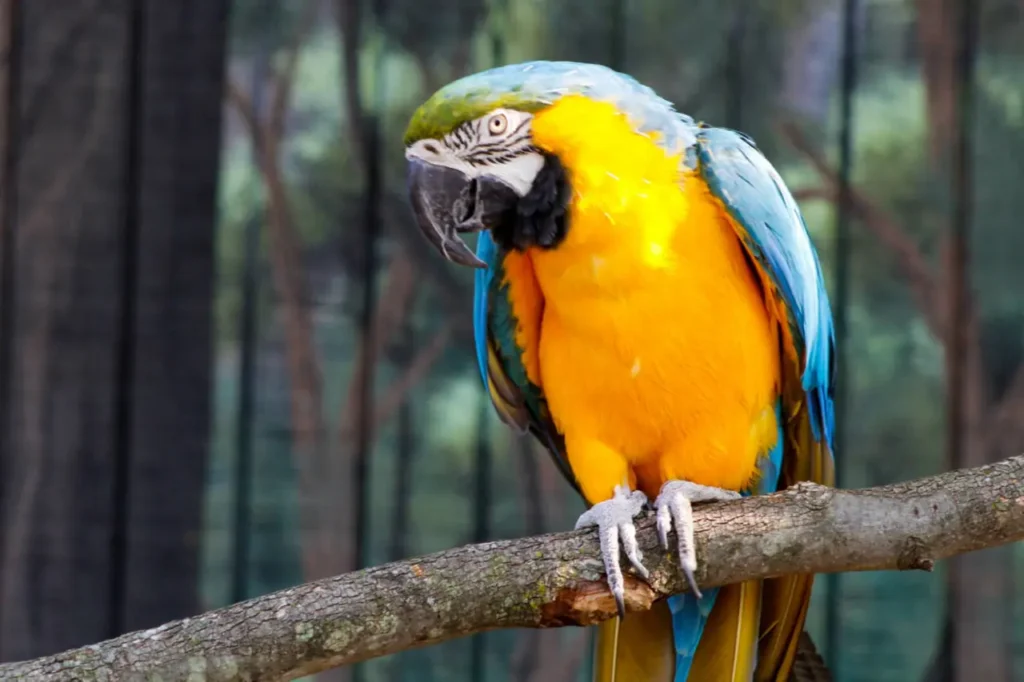
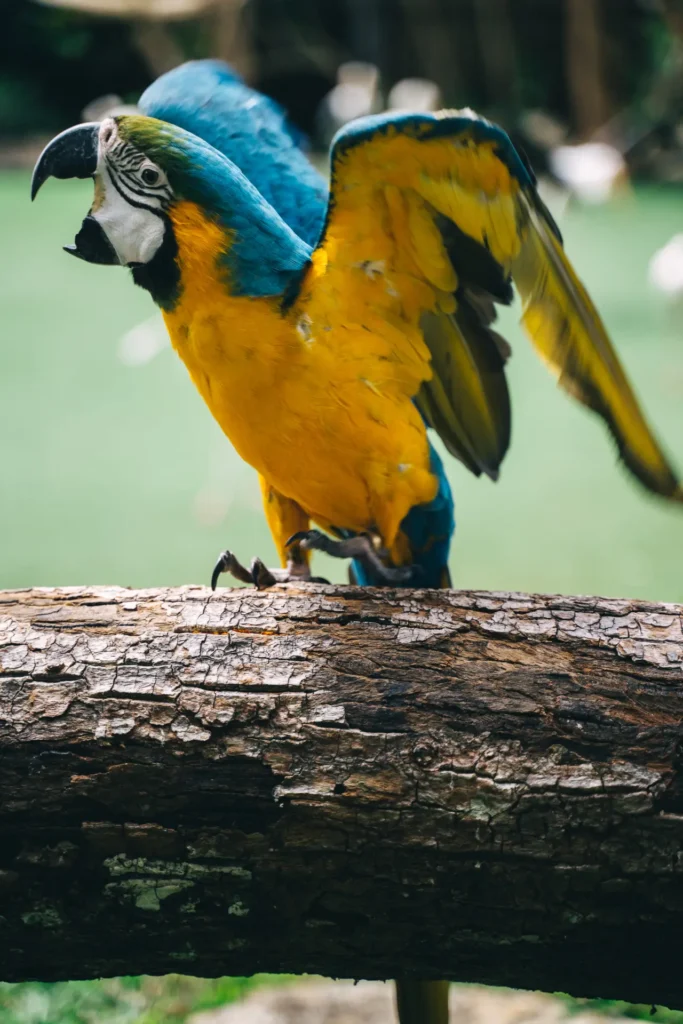
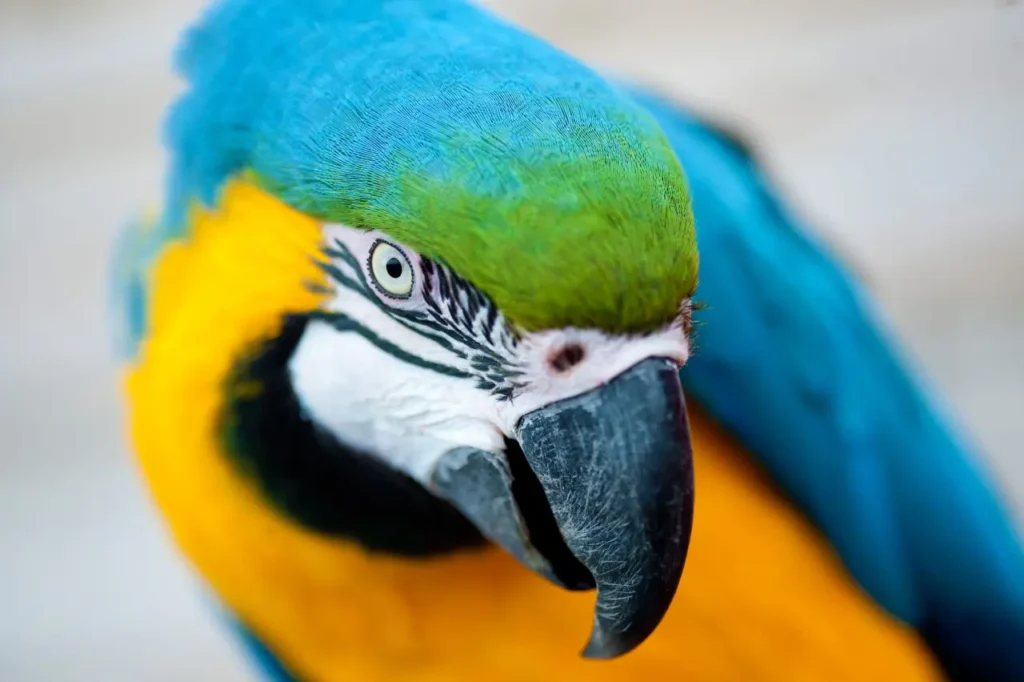
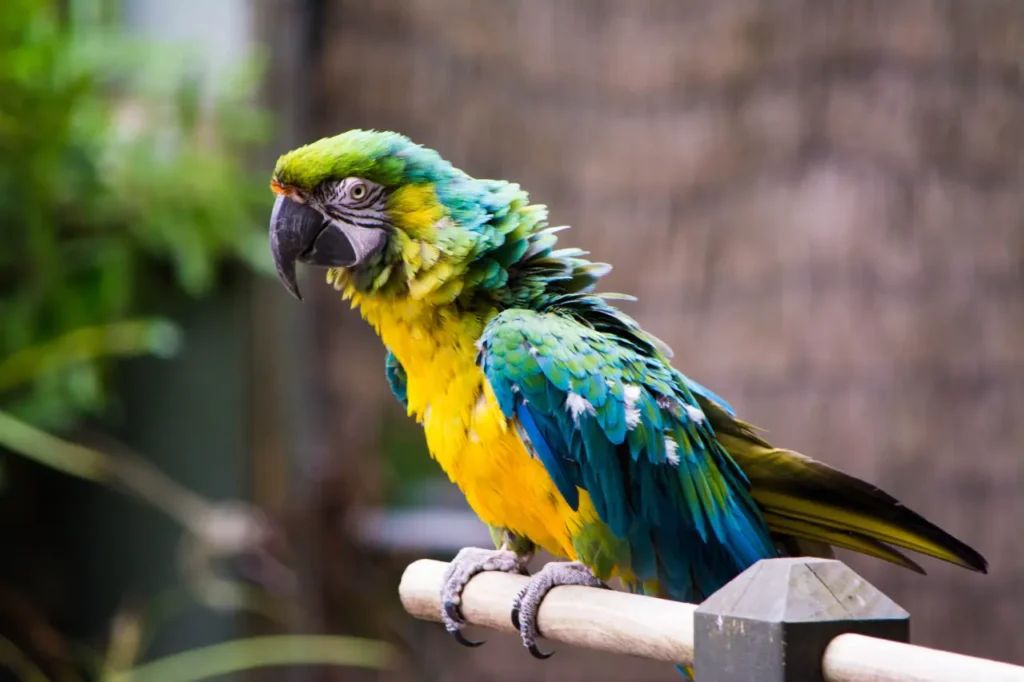
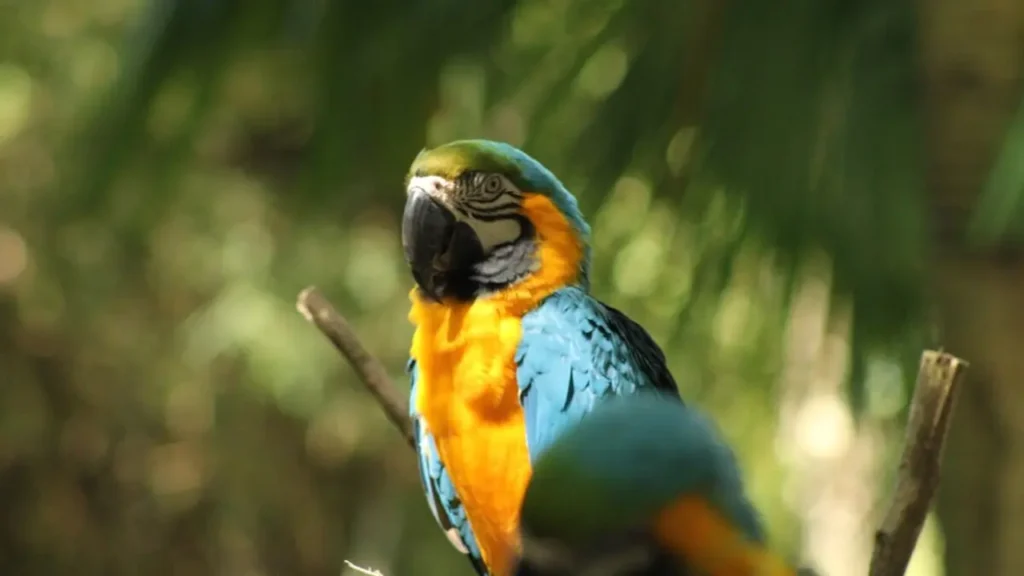
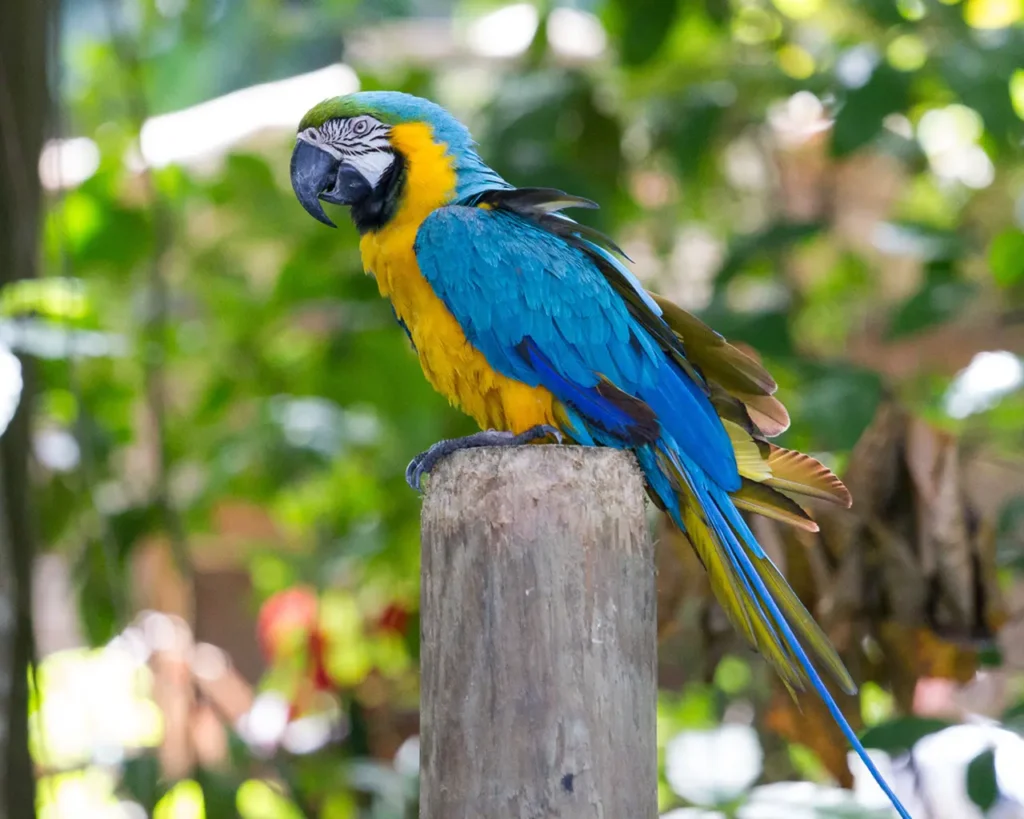
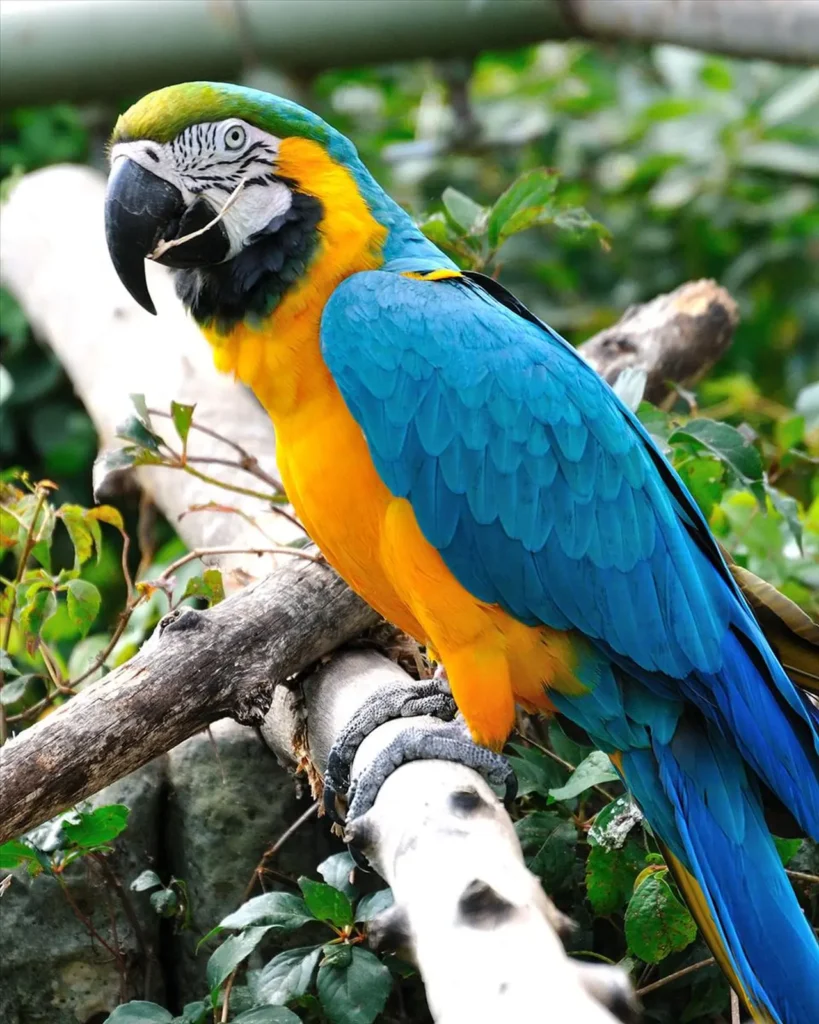
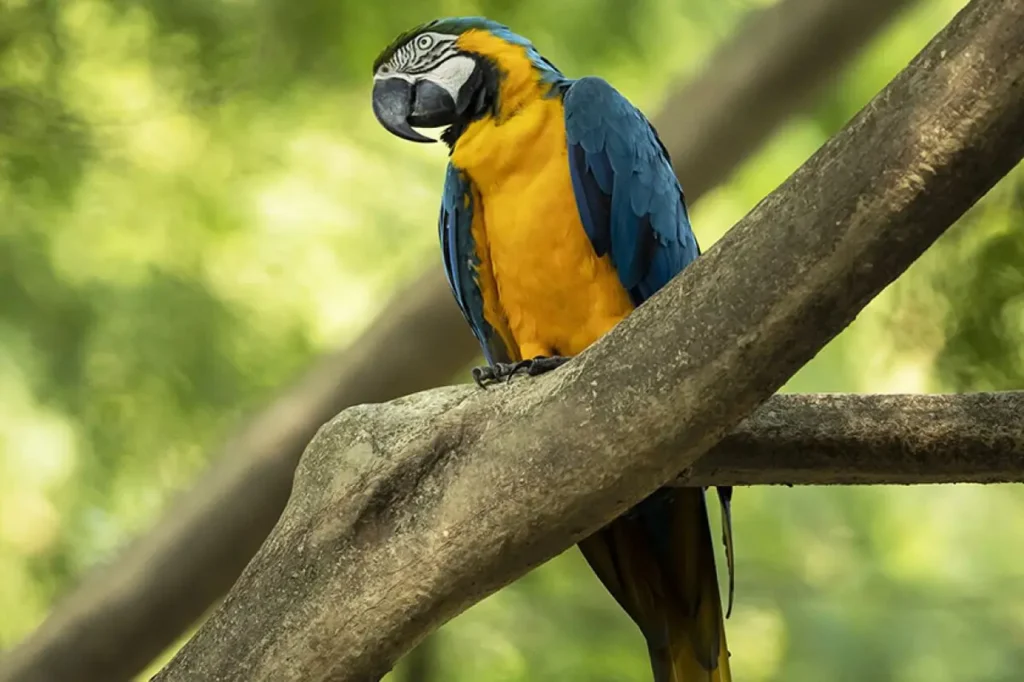
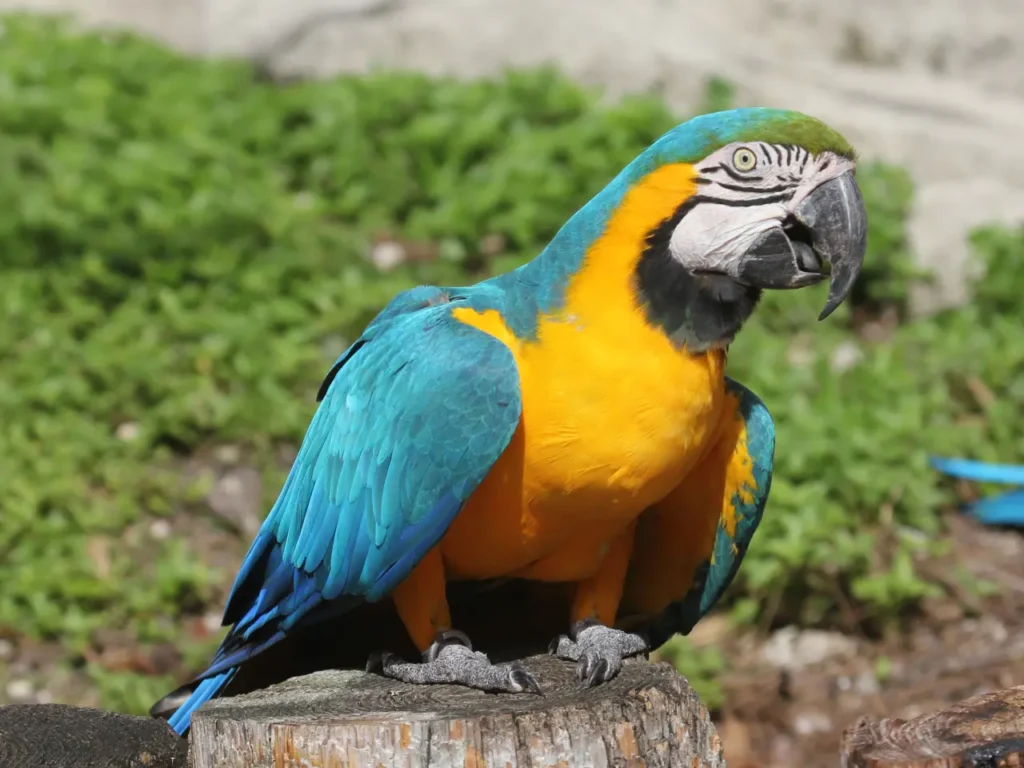
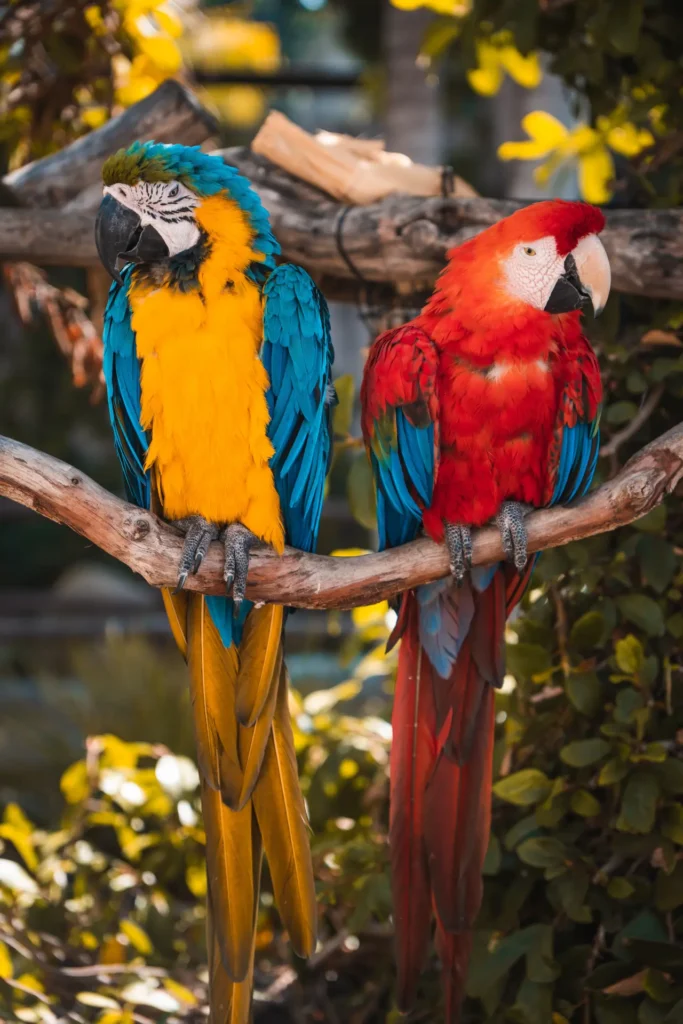
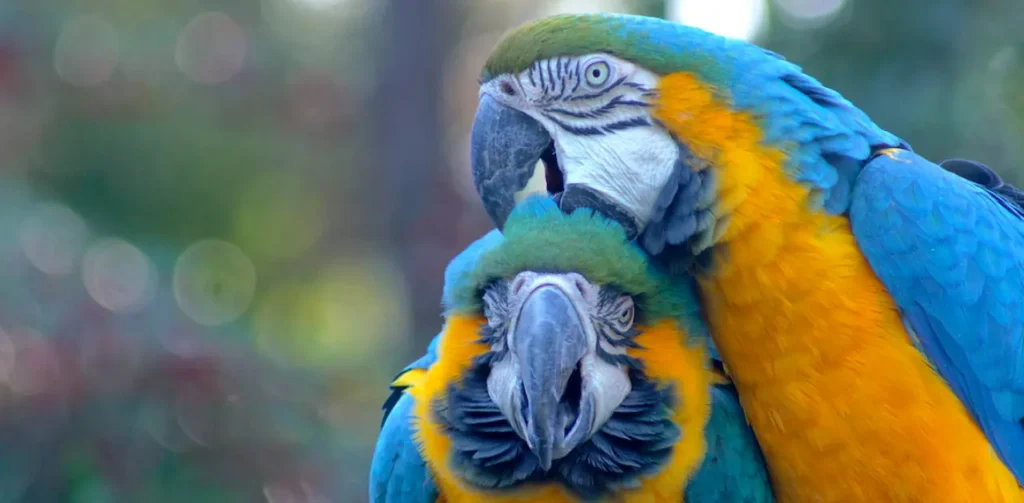
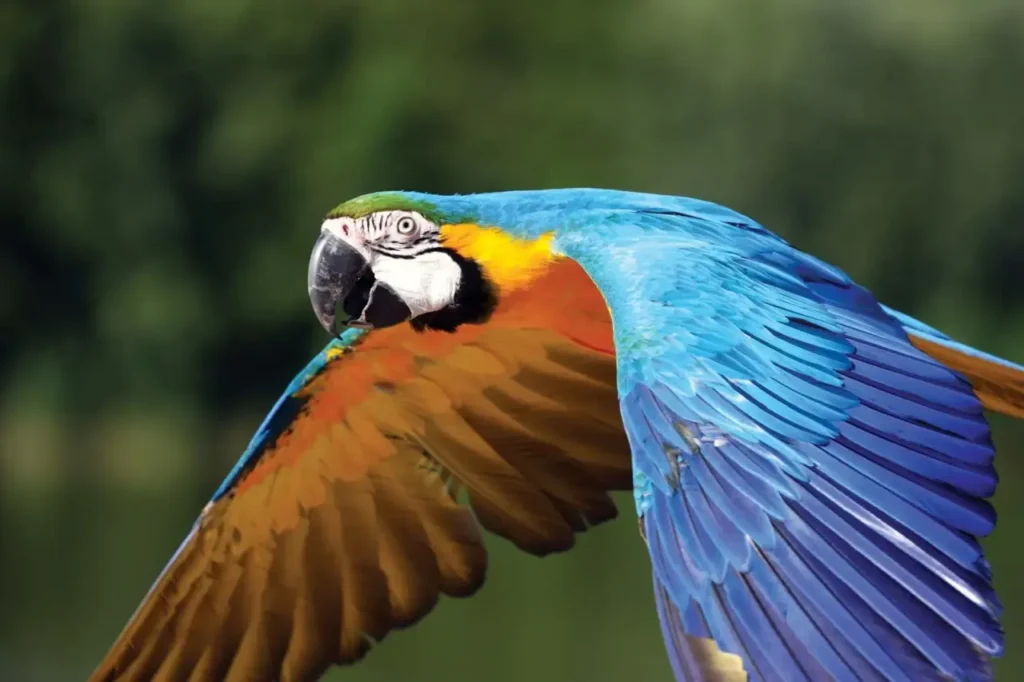
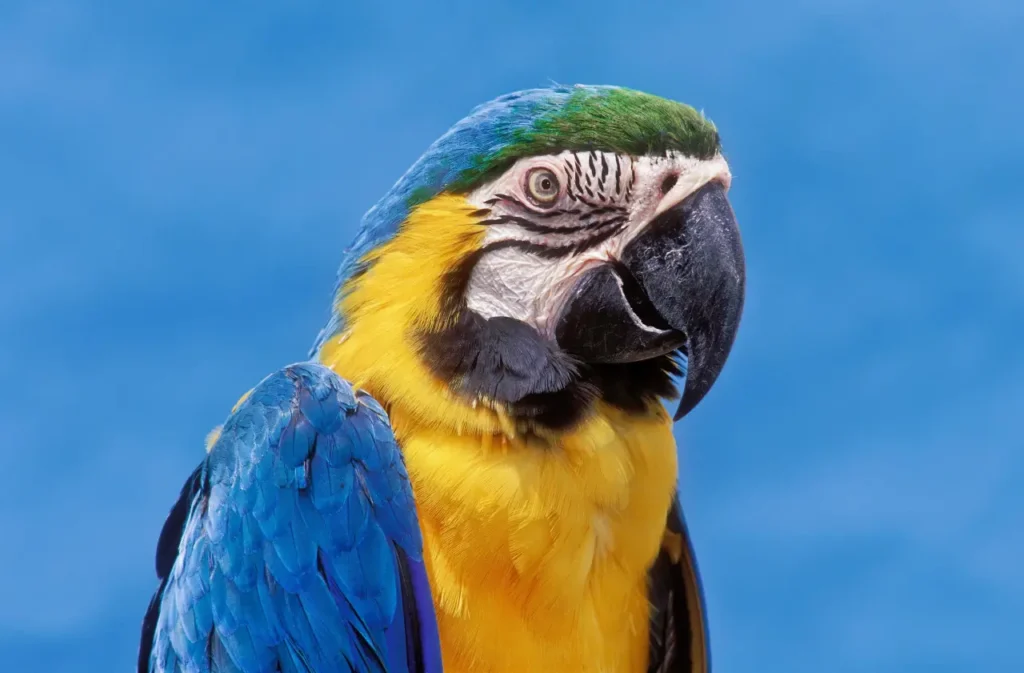
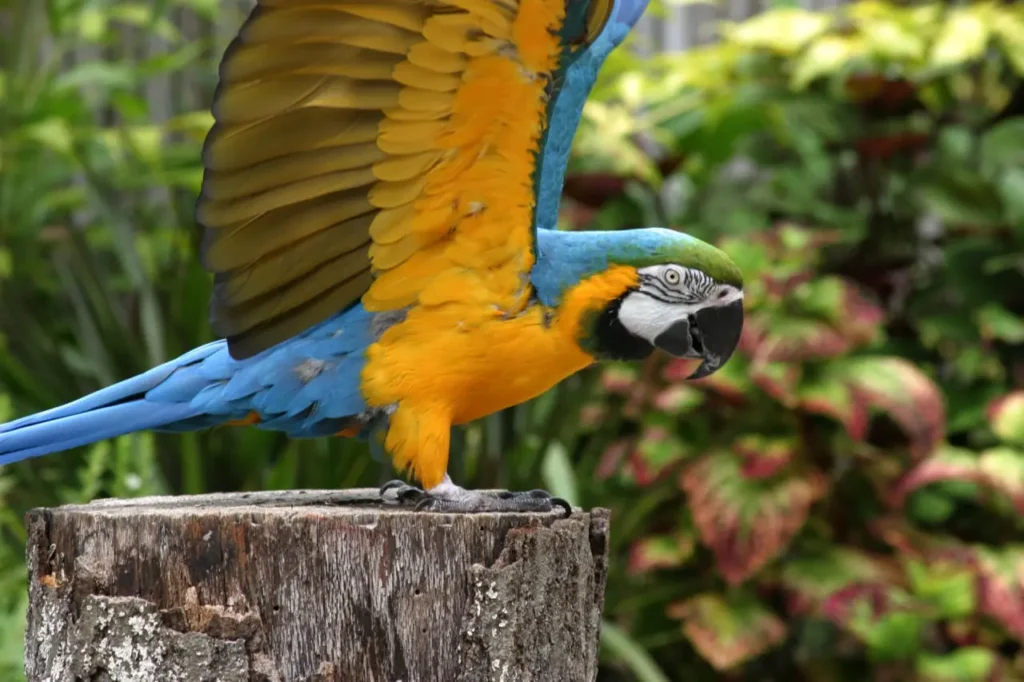
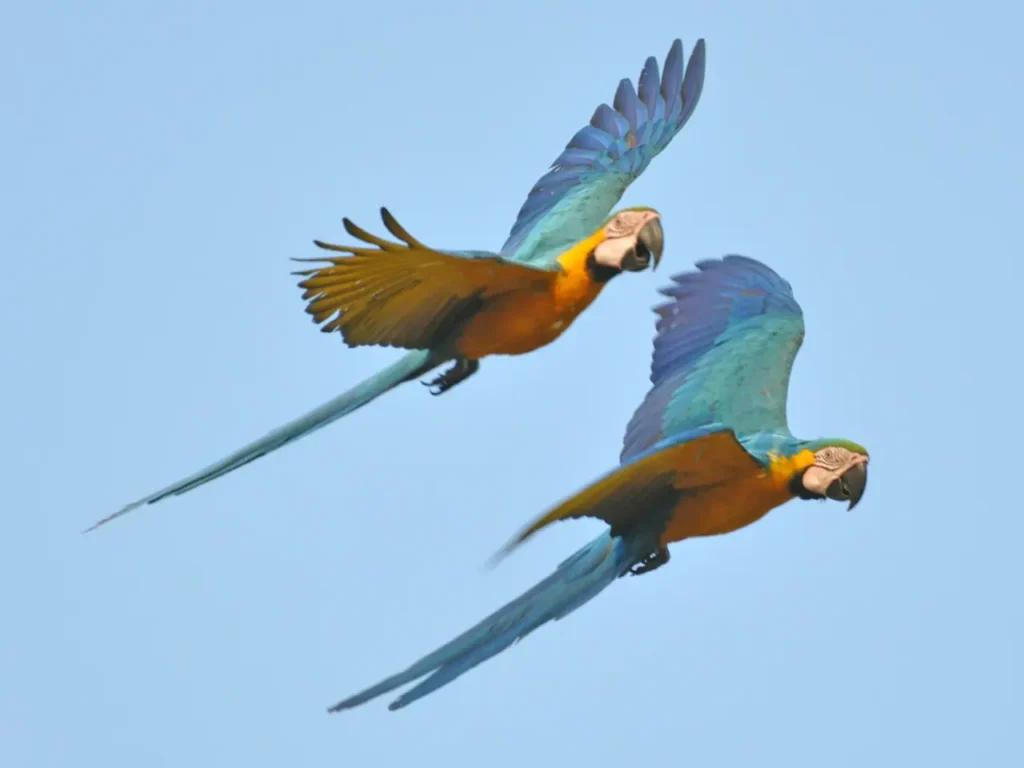
Appearance and Plumage
The Yellow Macaw, scientifically known as Ara ararauna, is one of the most visually captivating parrot species in the world. Its vibrant plumage features a brilliant mix of yellow, blue, and green. The face and throat are a bright yellow, while the wings and back showcase vibrant hues of blue and green, with subtle accents of red. Its long tail feathers, tipped with a touch of blue, add to its regal appearance. The Yellow Macaw’s coloration not only serves as a visual spectacle but also aids in camouflage among the lush foliage of the rainforest canopy.
Habitat and Distribution
Yellow Macaws are native to the tropical rainforests of South America, including countries such as Brazil, Bolivia, Peru, and Venezuela. These macaws prefer habitats with dense vegetation, including lowland forests, savannahs, and swampy areas near rivers. They are most commonly found in the Amazon Basin, where the abundance of fruits, seeds, and nuts provides a plentiful food source.
Behavior and Diet
Yellow Macaws are highly social and form strong pair bonds. They are often seen flying in flocks, communicating with loud calls and displaying their acrobatic flight skills. Their powerful beaks are perfectly adapted for cracking open nuts and seeds, which make up a significant portion of their diet. They also feed on various fruits, berries, and vegetation found in their habitat. In addition to their feeding habits, Yellow Macaws play a vital role in seed dispersal, as they consume fruits and excrete the seeds in different areas, contributing to forest regeneration.
Breeding and Conservation
Yellow Macaws are monogamous breeders and mate for life. They build nests in tree cavities, where the female lays two to three eggs. Both parents participate in incubating the eggs and caring for the chicks until they fledge. Unfortunately, habitat loss due to deforestation and illegal pet trade pose significant threats to their population. Conservation efforts aimed at protecting their habitat, combating illegal trade, and raising awareness about the importance of preserving these majestic birds are crucial for their survival.
Cultural Significance
The Yellow Macaw holds a special place in the cultures and folklore of indigenous communities in South America. Its vibrant plumage has inspired traditional artwork, dances, and stories. In some cultures, the feathers of the Yellow Macaw are considered sacred and are used for ceremonial purposes. These birds are also admired for their intelligence and ability to mimic human speech, making them popular pets in some regions.
The Yellow Macaw’s resplendent colors, captivating behavior, and ecological significance make it a true gem of the tropical rainforest. As we appreciate its beauty and marvel at its adaptations, let us also recognize the importance of protecting the habitats that sustain these majestic creatures. By preserving the rainforests and supporting conservation initiatives, we can ensure the survival of the Yellow Macaw and other unique species, safeguarding the biodiversity and natural wonders of our planet for generations to come.